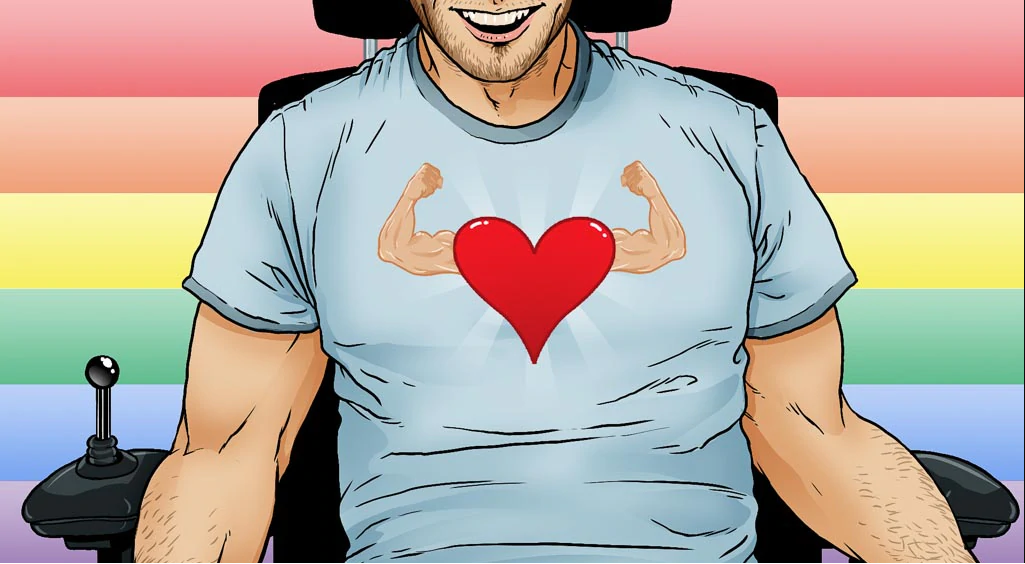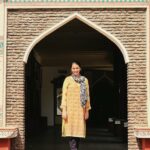Based on the 2011 census, the statistical profile of disabled people in India (2016) states that 2.68 crore people of the total population in India is disabled. 44%, i.e 1.18 crore, of this figure is estimated to be female. Additionally, the latest NCRB data in 2020 highlights a total of 3,71,503 crimes committed against women. However, the NCRB does not maintain any disaggregated record for disabled women as a result of which, no official data is present on sexual violence and atrocities against disabled women in India. Consequently, ninety-three disability rights organisations have, in 2021, addressed in a letter to the Home Minister the dismay and need to include the PwD category in the data so that a clear picture is presented. In absence of official data it becomes crucial to address this at an unofficial level to understand, analyse and effect of the situation in contemporary society.

On being a disabled woman
Being a disabled woman presents a unique intersectionality of gender and disability that makes individuals more vulnerable to crimes and places them at a disadvantage in the social hierarchy. According to a study, disabled women are falling victim to sexual violence at a rate twice to four times higher than any other women. Additionally, the identity that emerges from the convergence of being a woman and having a disability brings to fore is faced with some distinctive challenges. Several studies show that violence against women with disabilities is more than violence against men with disabilities. Moreover, in cases of cognitive disability, a condition that hampers the ability to communicate effectively, a woman’s inability to say no is often perceived as consent. Additionally, in many cases perpetrators of violence are caregivers of the disabled woman either at home or in institutional settings.
The issues faced by these women remain invisible to the world, as they remain largely ignored or intentionally sidelined due to the lack of empathy. The feminist and other women movements too have not taken the suffering of disabled women in their ambit. Hence, disability gender and sexual violence perpetuates.
Disability and social justice
The constitution of India is premised on social justice and human rights. Recognition of rights is a myth without recognition of differences that exist. As Benjamin Franklin said, “Justice will not be served unless those who are unaffected are as outraged as those who are”. This brings to the idea of ignorance of the general masses towards disability. The people are often not taken seriously or believed because of stigmatised assumptions on mental and physical capacities, this ignorance has resulted in vague formulation of legal definitions. Surveys on victims of disabled women of sexual violence highlights that they face many difficulties in the reporting the abuse to police, getting appropriate medical care, and navigating the court system because of the absence of formulation of proper database and policy.
According to the booklet on rights of the disabled, the following approach must be taken by the state to provide social justice to the disabled people: “At the Primary level it entails respecting right-holders’ freedom to act according to their unique status and circumstances. At the Secondary level the State has a duty to protect all the right holders against political, economic and social interference. This implies introduction of legislation and provision for effective preventive and penal remedies. At the tertiary level the States are obliged to ensure that the conditions for equal enjoyment of rights are created with the introduction of positive and special measures and by enhancing the capacity of the basic systems of society and its functionaries”
More than any legislation and state pronged action, society must develop an acumen on disability so that they do not sympathise but empathise with the disabled.
Legal and critical standpoint on disability and sexual violence
World Health Organization in its World Report on Violence and Health 2002, defines sexual violence as “any sexual act, attempt to obtain a sexual act, unwanted sexual comments, or acts to traffic, or otherwise directed, against a person’s sexuality using coercion, by any person regardless of their relationship to the victim, in any setting, including but not limited to home and work. ‘Violence against women’ has been defined in Article 1 of the UN Declaration on the Elimination of Violence against Women, 1993 to mean “any act of gender-based violence that results in or is likely to result in, physical, sexual or psychological harm or suffering to women, including threats of such acts, coercion or arbitrary deprivation of liberty, whether occurring in public or in private life.”
International as well as domestic laws address sexual violence against the disabled people.
In the year 2007, India ratified Convention of persons rights with disabilities. In the year 2016 Right of Persons with Disability Act, was enacted, this act formulates different kinds of disabilities, rights, entitlements, guardianship, authorities and, offences and penalties for them. According to the view of disability rights activists like Anita Ghai these are vague and do not serve any interests of the disabled people.
In spite of these laws, the disabled women remain invisible victims of violence the reason for these are lack of representation for the disability community in mainstream sexual assaust and harrasment advocacy. Secondly, low reportage of cases due to social stigma and varied definitions of mental emotional and physical disability. Moreover, in many cases the victims are either not taken seriously or believed.
Those working in the fields of reproductive health, rights, and justice must be included in the discourse and solutions to address the ableism that surrounds disability and sex; the burden of proof should not fall primarily on the disabled population. Many disability rights and justice organisations have fought for better sex education curriculum and resources, fought for justice for sexual abuse survivors, and sought to remove the stigma associated with being a sexual individual in a disabled body. Survivor support organisations, on the other hand, are frequently unprepared to meet the needs of survivors with disabilities.
Advocates, including reproductive health, rights, and justice activists and workers, must act now to ensure that individuals with disabilities are included in their efforts. Disability activists must also make sure that their reproductive health needs are addressed in their advocacy. Both are necessary for the project to be really inclusive of and for everyone. Furthermore, the disability rights movement must guarantee that its work takes into account the needs of handicapped people of colour, disabled LGBTQ people, disabled immigrants, and disabled people who have been incarcerated or institutionalised. Both movements can benefit from learning how to be more inclusive.
A first year law student at Dr. B.R. Ambedkar National Law University, Haryana. Intrested in human rights, caste and tribes.


